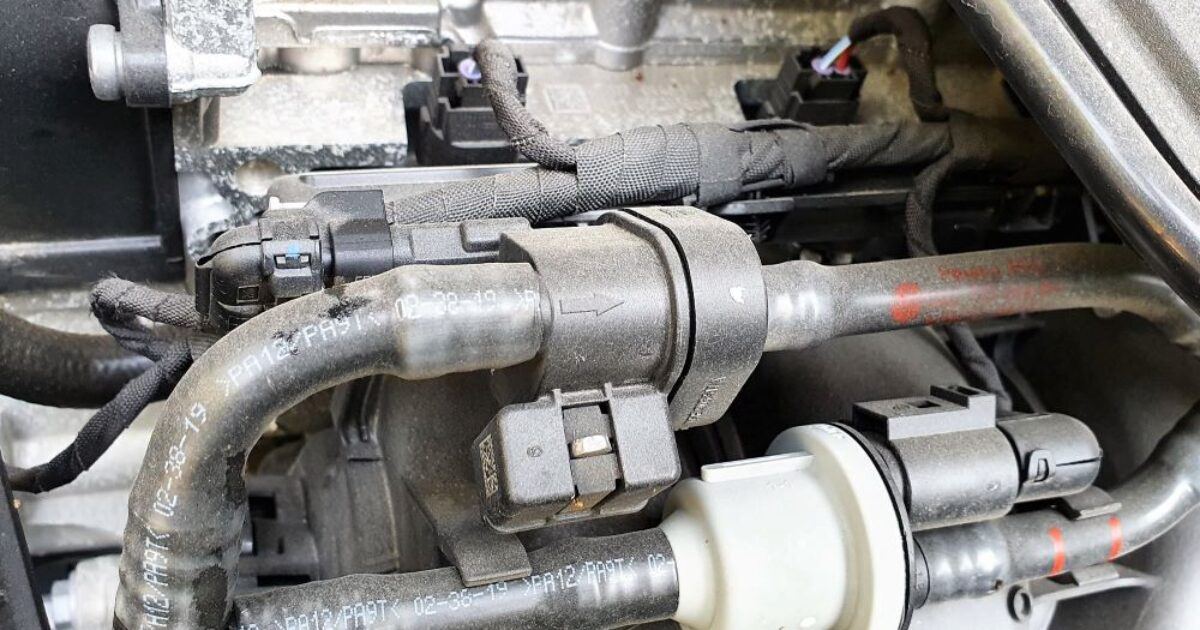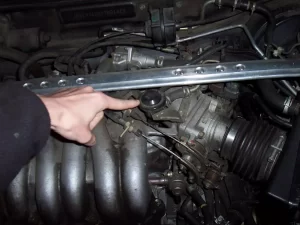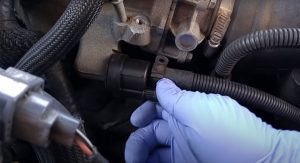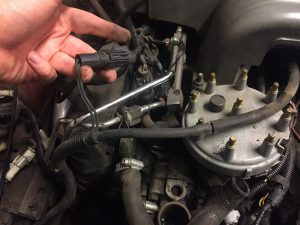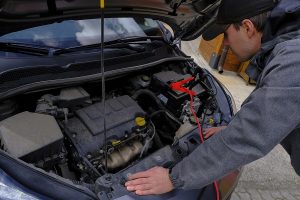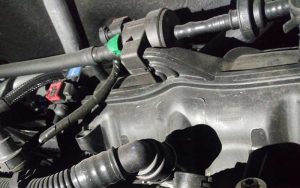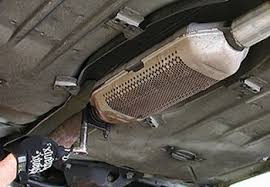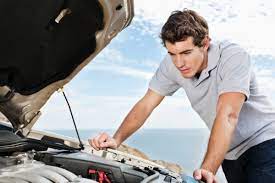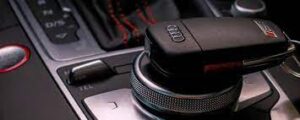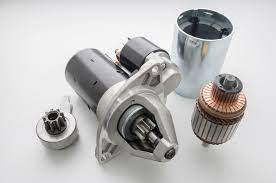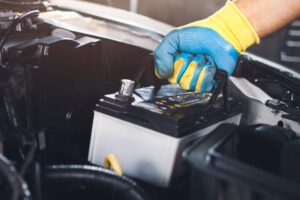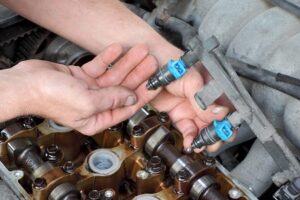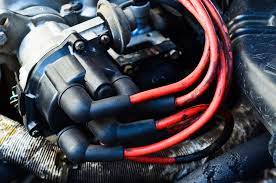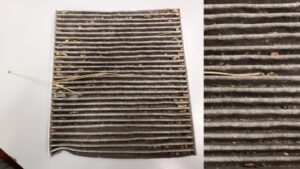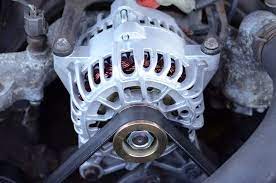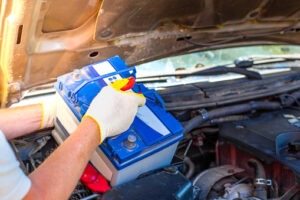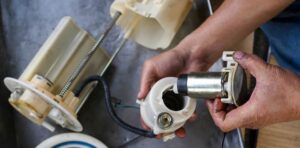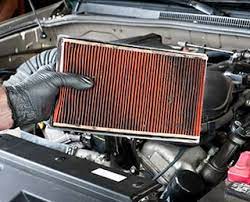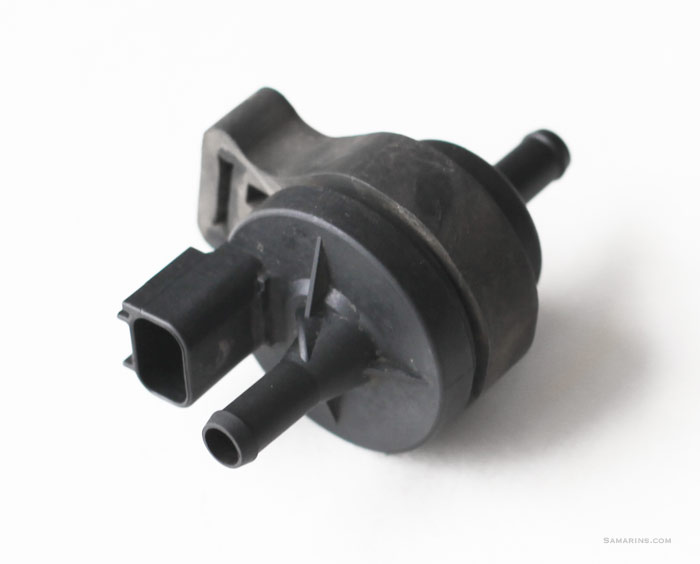Ever wished your phone could notify you when an appointment is approaching, just like your automobile does? Modern vehicles are becoming more intelligent and capable, thus! Imagine a scenario where your automobile alerts you to the need for an oil change, tyre rotation or regular maintenance by sending you a polite reminder. “Motor vehicle service notifications” are the name of this wonderful function. In this post, we’ll explain what these notifications are, how they function, and why they’re so important for maintaining the safety and efficiency of your car.
Explain Motor Vehicle Service Notification
Autonomous alerts or reminders are known as motor vehicle service notifications. This message is delivered by your car to let you know when maintenance is due. Additionally, if there are any possible problems. These messages help you stay abreast of your car’s health and maintenance requirements, just like your phone does when it reminds you of appointments.
It is impossible to stress the importance of motor vehicle service notices. They aid in preventing minor issues from developing into significant and pricey fixes. Your automobile will operate efficiently and safely with regular maintenance such as brake inspections and oil changes. Therefore, by getting regular notifications, you can plan maintenance at the proper intervals.

This not only extends the lifespan of your car but also improves fuel efficiency and lowers emissions, helping to protect the environment. Motor vehicle service notifications are an essential element in today’s increasingly intelligent and connected automotive environment because they are essentially your car’s method of watching out for you and its own well-being.
How Do The Notification Work?
Modern vehicles come with cutting-edge sensors and diagnostic tools. However, that keeps an eye on a variety of internal systems and components. These sensors monitor a variety of things, including engine performance, tyre pressure, and oil quality. The vehicle’s onboard computer sends out a message when it identifies a potential problem or determines that it is due for routine maintenance.

Depending on the technology in the car and your choices, these notifications may come in a variety of formats, including dashboard lights, messages on your infotainment screen, emails, and mobile app alerts.
Reasons Why Motor Vehicle Service Notification Occurs?
Have you ever been driving your car when all of a sudden a dashboard light or message appears? Those notifications are your car’s method of communicating with you, which may seem strange. Your body sends signals when it needs something, and your car does the same. We’ll now look at the typical reasons for motor vehicle service notifications.
1. Engine Check Light:
When something goes wrong under the hood of your car, the check engine light will illuminate. A loose gas cap or a more serious engine issue could be the only problems.

2. Reminder About Oil Changes:
Your car needs an oil change, as this notification serves as a reminder. Regular oil changes are essential for maintaining the health of your car’s engine parts.

3. Braking System Alert:
If you notice this warning, your car’s brakes are malfunctioning. Safety depends on brakes, thus it’s critical to address this problem right away.

4. Warning About Tyre Pressure:
When one or more tyres have excessively low or excessively high air pressure, this notice will show. Safe handling is ensured by proper tyre pressure and good fuel efficiency.

5. Battery Condition:
A battery alert lets you know that there could be a problem with the battery or charging system in your car. You can end up stranded if you ignore it.

6. Reminder For Service Interval:
This message informs you that your automobile needs routine maintenance, such as an oil change, filter replacement, or general inspection. Maintaining these procedures increases the lifespan of your vehicle.

7. Transfer Case Issues:
Gear issues might cause your car’s gearbox to malfunction. This needs to be taken care of right away because putting it off could result in expensive repairs.

8. Notice About Coolant Temperature:
Keep the engine in your car at the proper temperature. Engine damage may result if it becomes overheated. This notice informs you of issues with your cooling system.

9. Airbag System Warning:
Your airbags are crucial for crash safety. If you notice this indication, there may be an airbag system problem that requires care.

10. Anti-Lock Braking System Warning:
When stopping suddenly, the ABS system aids in maintaining control. An issue with this important safety feature is indicated by this message.

Solutions To Fix The Notification
Your automobile is a reliable travel companion, but it occasionally requires some tender loving care much like any friend. Don’t worry if your car notifies you that it needs maintenance. To assist you comprehend and resolve it, we provide a step-by-step manual.
Step 1: Focus On The Warning Light
Your car is attempting to communicate with you when it flashes a warning light on the dashboard. Check your owner’s manual to determine the precise problem as these lights can differ. Greater issues may result if you ignore them.
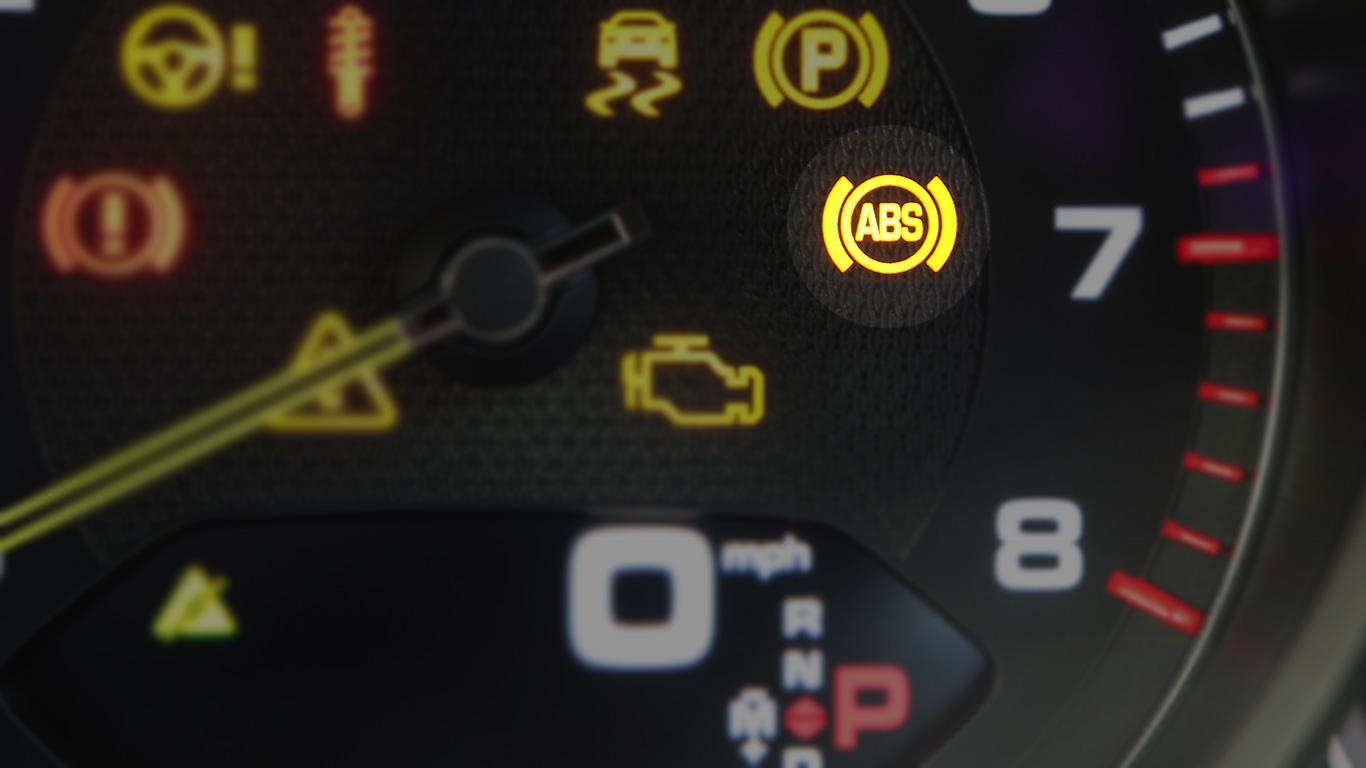
Step 2: Examine The Gauges
Instead of warning lights, some cars use gauges. It’s imperative that you act if you detect any odd data, such as an elevated engine temperature or low oil pressure.

Step 3: Consult The Owner’s Manual
The owner’s manual for your car is a wealth of knowledge. Look for the section on warning gauges or lights. Each one’s significance and what you should do when it starts will be explained.
Step 4: Determine The Problem
If the explanation in the manual isn’t clear, think about purchasing an OBD-II scanner. To read trouble codes, plug it into your car’s port (often located beneath the dashboard). These codes can identify the issue.

Step 5: Check Fluid Levels
Service notifications may be triggered by low coolant, oil, or other vital fluids. Examine the levels by opening the hood. If necessary, top them off, but take care not to overfill.

Step 6: Check For Visible Damage
Check the car’s undercarriage for any obvious dents, leaks or loose parts. Warning lights may occasionally turn on due to a loose gas cap or a broken hose.
Step 7: Screw The Gas Cap Tight
The “Check Engine” light may come on because of a loose gas cap. To see if the light turns off, make sure it is tight and stable.

Step 8: Unplug The Battery
Disconnect the battery of the automobile for around 15 minutes if the warning lights continue to come on. In addition to resetting the system, this may also turn off various warning lights. But if the issue continues, get expert assistance.

Step 9: Look For Expert Assistance
After trying these fixes, if the issue or warning light still exists, it’s time to speak with a mechanic. They are qualified and equipped to identify and address more complicated issues.
Step 10: Consistent Upkeep
The best treatment is prevention. Follow the recommended maintenance schedule for your vehicle, which should include regular inspections, filter replacements, and oil changes. This can initially stop a lot of service notifications.
Repairing Cost To Fix The Notification
Your car’s motor vehicle service notice repair cost may differ significantly depending on a number of variables. Fixing minor problems like a gas cap that is loose or low fluid levels could just cost a few bucks. The cost of more complicated issues, such as a broken sensor or defective part, can run from $100 to $1,000 or more.

There can be diagnostic charges, which normally range from $50 to $100. Regular maintenance charges, such as oil changes and filter replacements, which normally range from $50 to $100, are necessary to avoid such notices. A reliable mechanic should be consulted for a precise quote depending on the details of your particular car and problem.
Conclusion:
Do not allow the motor vehicle service notification to stress you out. You can find the problem and sometimes cure it by understanding the warning gauges or lights and by taking these easy actions. To keep your automobile running smoothly on the road, always remember that it’s a good idea to seek professional assistance when in doubt. We sincerely hope the above-mentioned information will be helpful to all the viewers. Additionally, if anyone faces any doubts feel free to contact us. Thank you for reading!

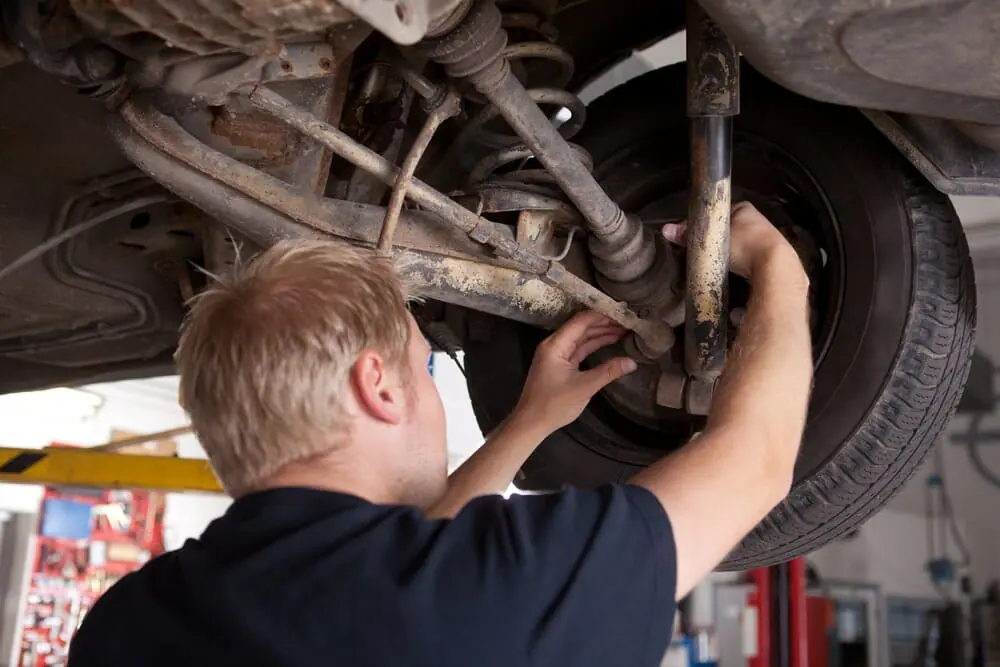



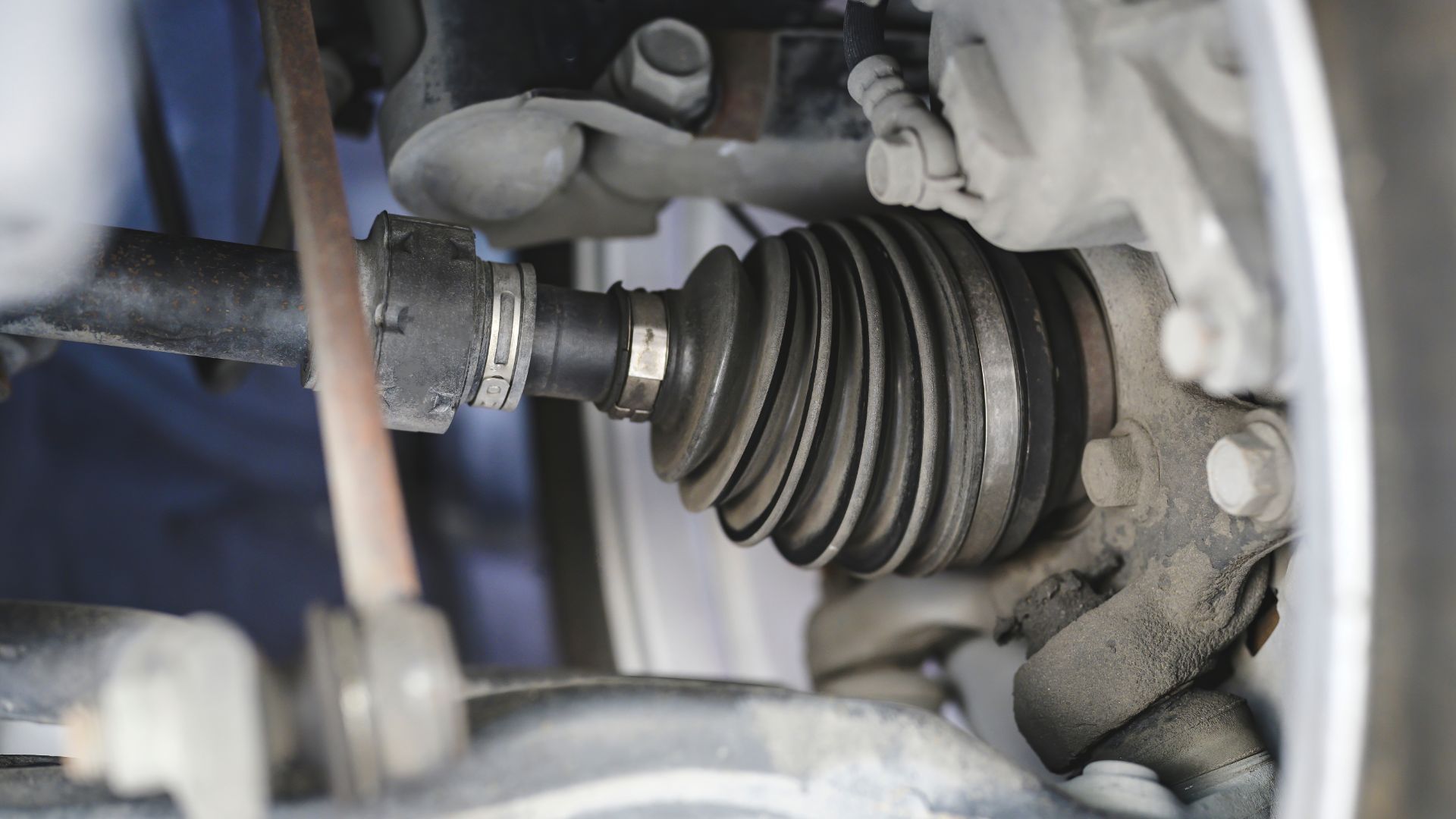




![CV Joint Noise While Driving? [Here's Why & How To Fix] - Auto Chimps](https://autochimps.com/wp-content/uploads/2022/08/CV-Joint-Noise-While-Driving.jpg)


